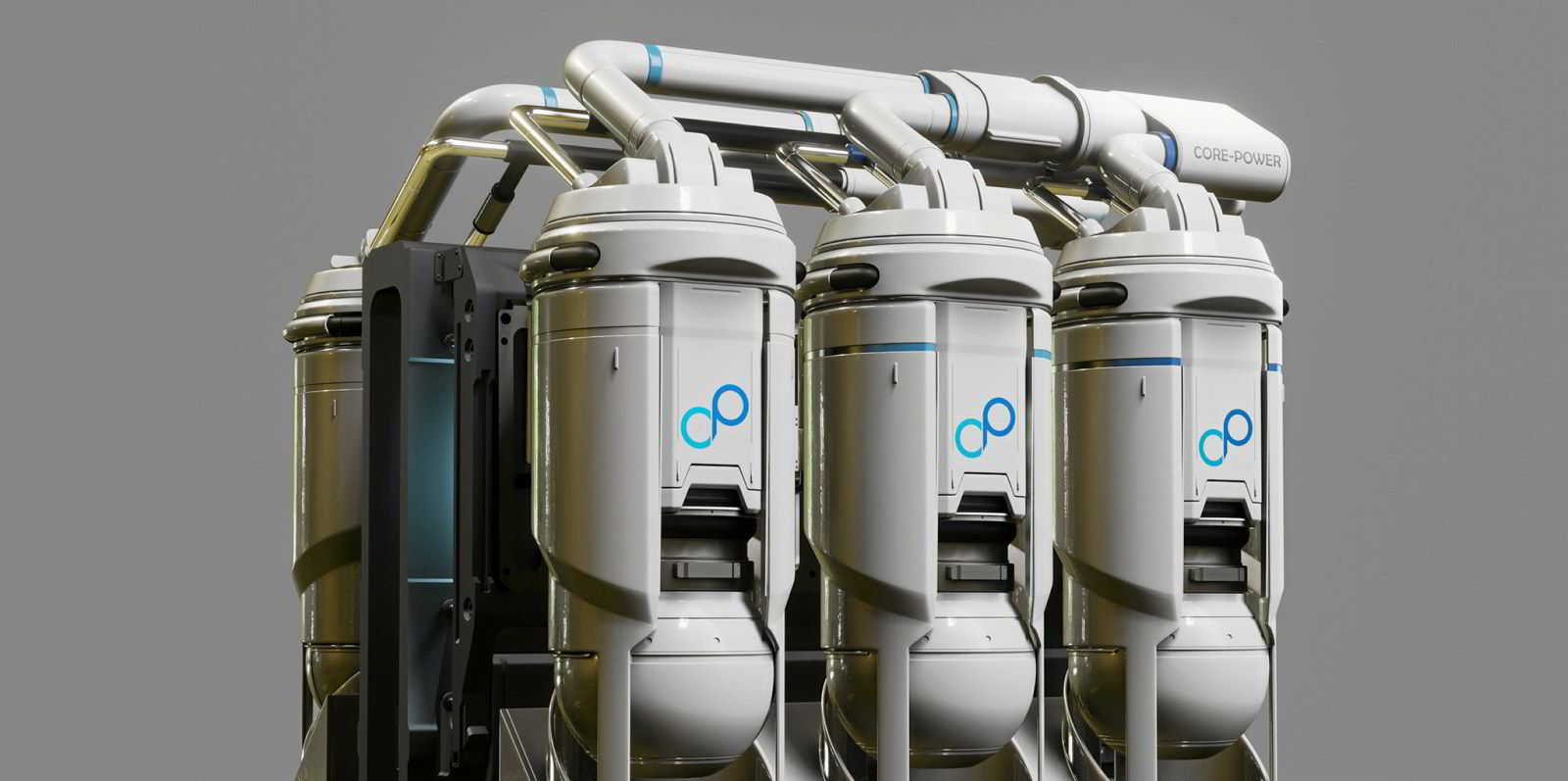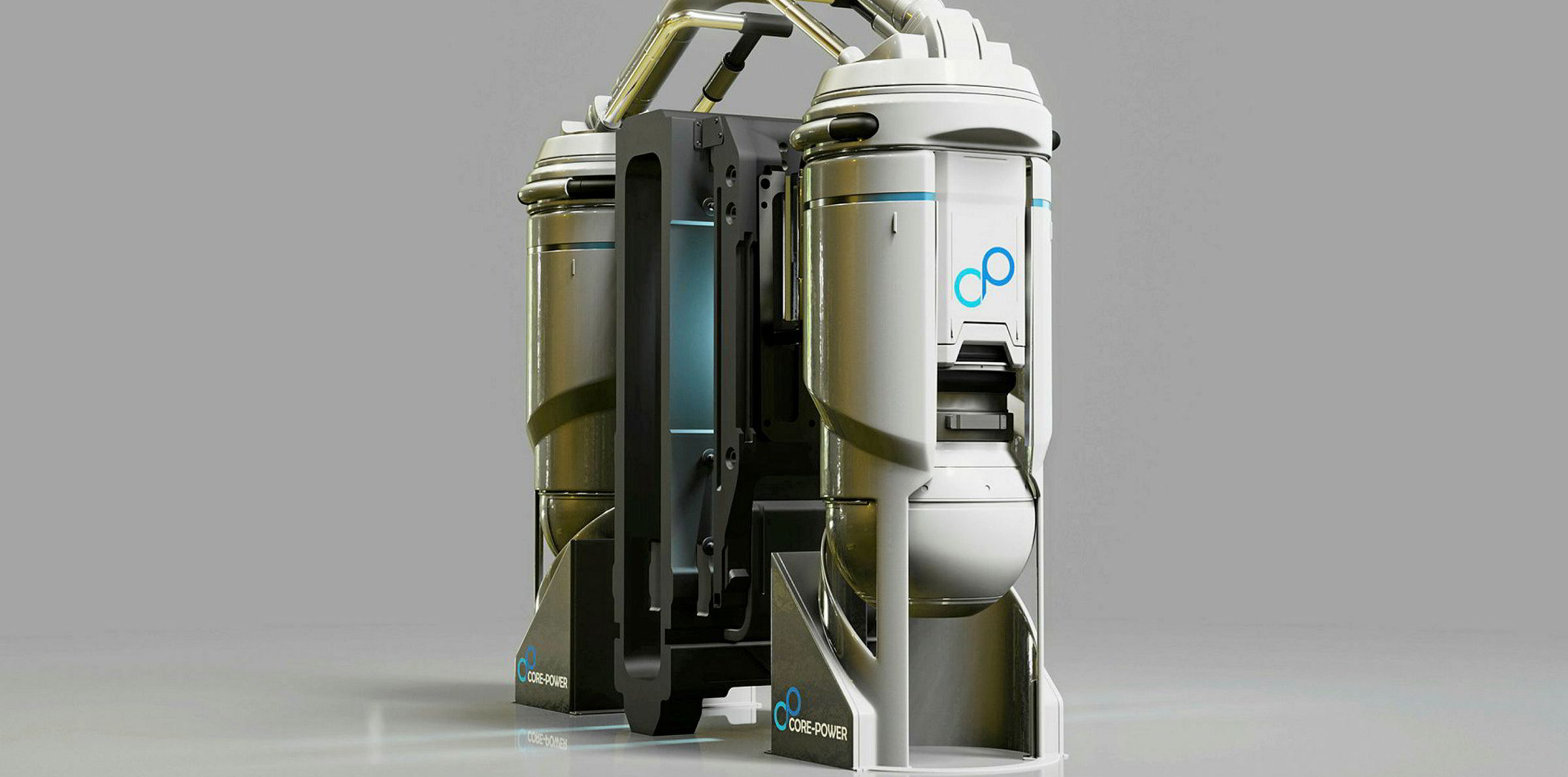Samsung Heavy Industries is throwing its weight behind nuclear power for ships as the industry seeks to reach zero emissions.
The South Korean yard is teaming up with the Korea Atomic Energy Research Institute (KAERI) to develop molten salt reactors.
These small reactors use molten fluoride salts as the primary coolant at low pressure.
SHI aims to tap into the market for floating nuclear power generation plants and nuclear power-propelled ships, the yard added.
One option among many
The shipbuilder is also looking to develop green ammonia and hydrogen fuel systems to pursue decarbonisation.
The first company to propose marine molten salt reactors (m-MSRs) was London's Core-Power, led by chief executive Mikal Boe.
He told TradeWinds in 2020 that the difference between conventional nuclear reactors and molten salt reactors is like that between a pressure cooker and caramel melting in a pan.
The first is super-hot and super-pressurised so could theoretically blow up if overheated and pressure gets too high. The other is just hot and molten with no pressure, and would solidify if something went wrong.
Fail-safe to stop reactivity
But he added that this is when the passive safety aspects of the reactor really come into their own.
"A passive fail-safe cut-off would immediately drain the fuel from the m-MSR into separate cavities, stopping any reactivity and thereby allowing the fuel to cool," the Core-Power boss said.
Singapore's X-Press Feeders has revealed itself as one of the investors in Core-Power.
The containership operator, which describes itself as the world's biggest independent common carrier, said the first prototype Core-Power reactor is due to start trials in 2025.






